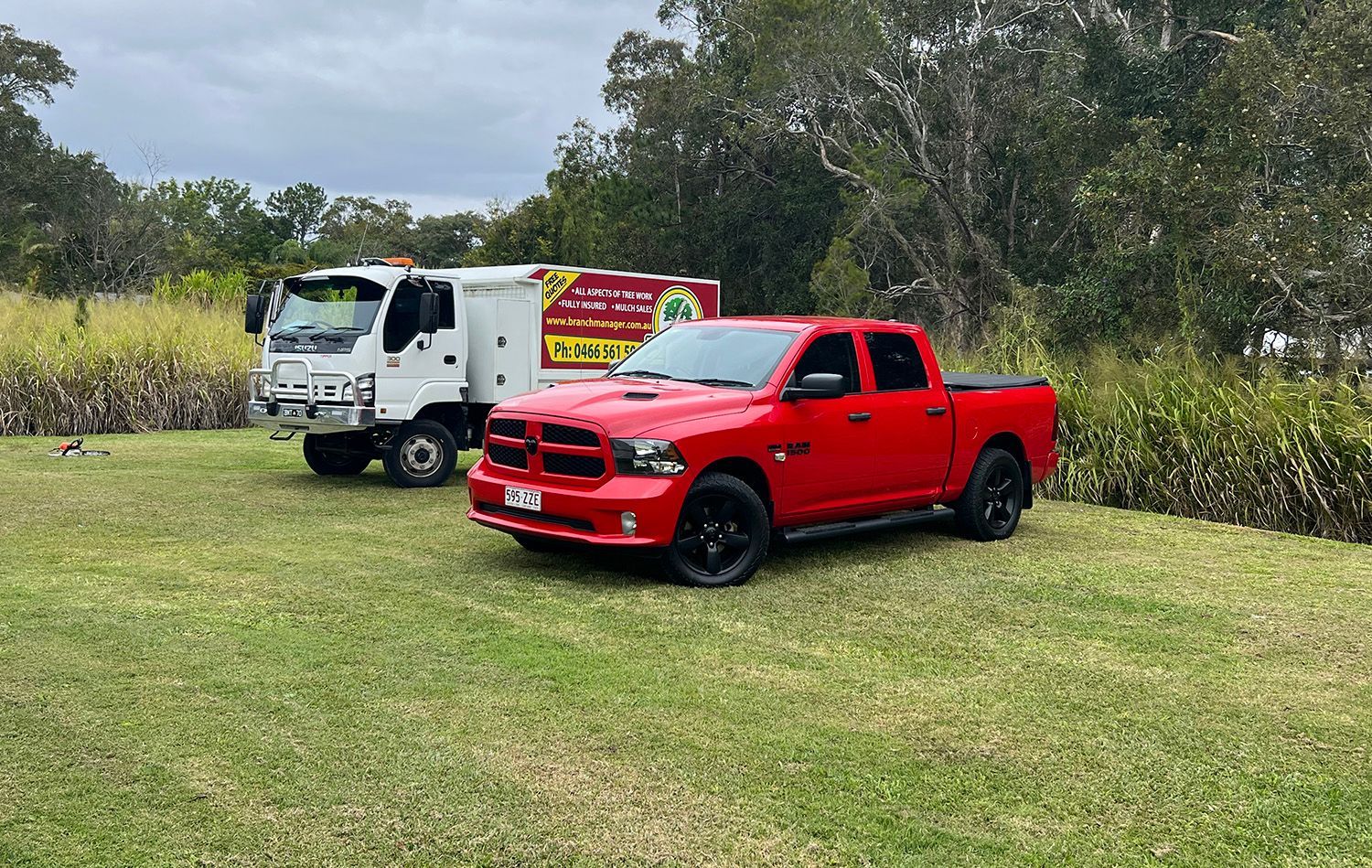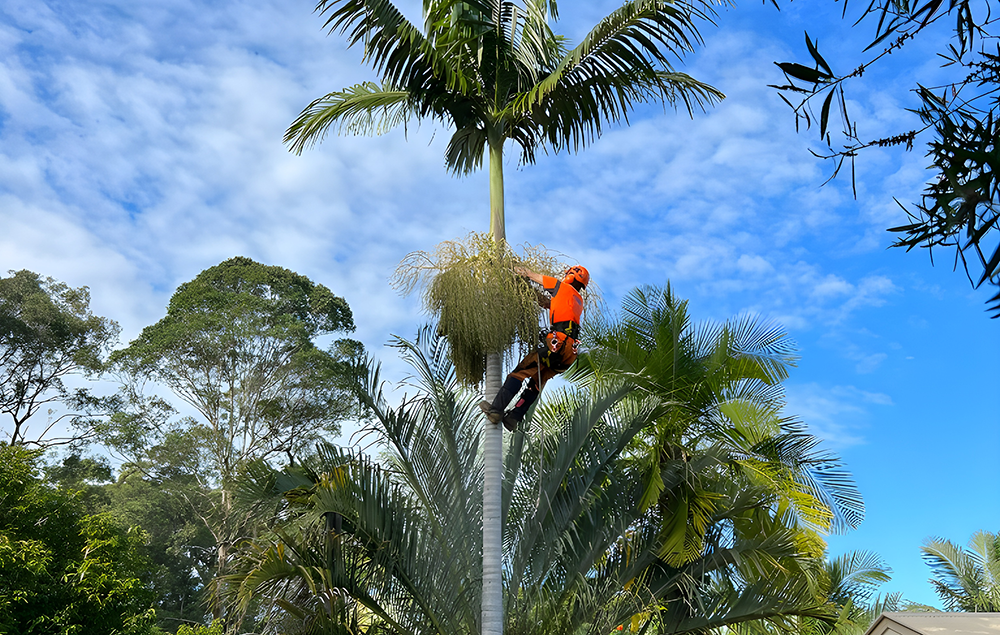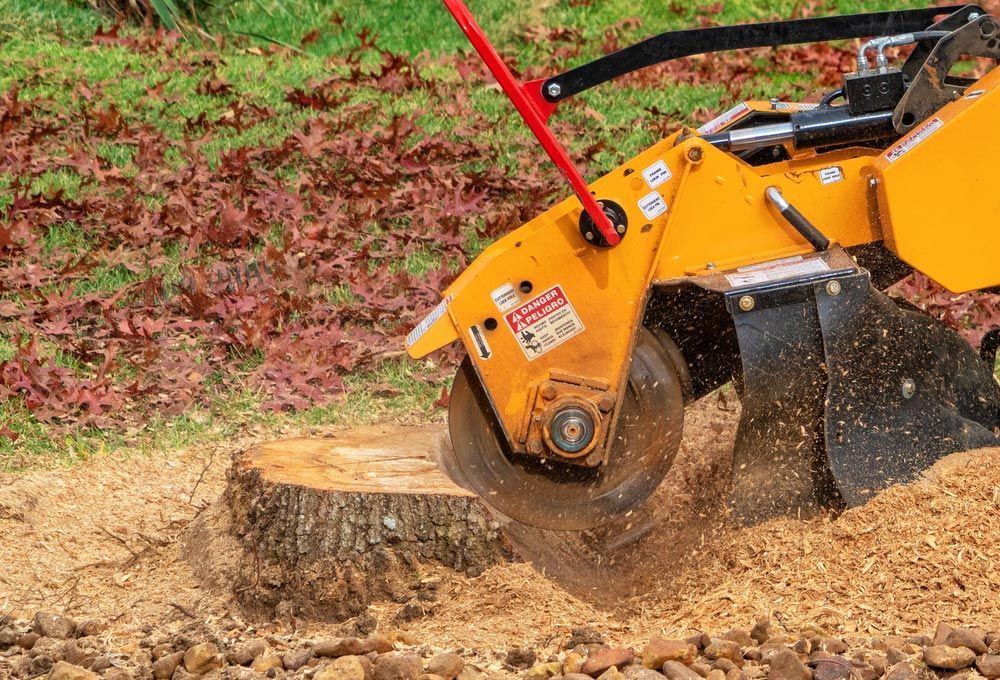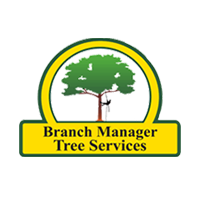5 Signs A Tree On Your Property Needs To Be Removed
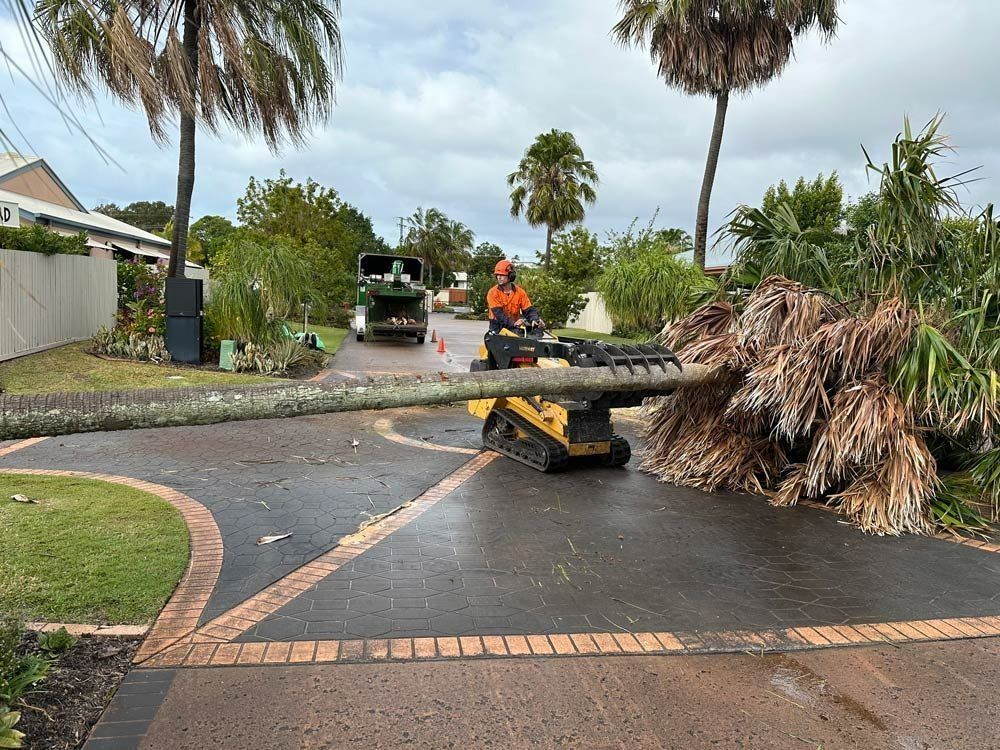
Trees add beauty and offer shade, serving as prominent features in our gardens and on our properties. However, their impressive size and growth can sometimes present unexpected risks. Identifying when a tree poses a danger is essential for ensuring the safety and well-being of your environment. In this blog post, we‘ll outline five important signs that suggest a tree on your property may need to be removed, providing you with the necessary insights to make an informed decision.
1. Unusual Leaning: A Sign Of Immediate Danger
A tree that starts leaning significantly is a potential hazard. This tilting can be caused by several factors, such as weather impacts or soil issues, that may affect the tree's stability. An abrupt or progressive lean indicates that the tree might no longer be safe, posing a risk to nearby structures and individuals.
It's essential to have an arborist examine the tree's leaning angle and overall health to assess the risk level. Depending on this professional evaluation, actions include pruning to reduce weight and improve stability, installing support systems like cables or, in some cases, removing the tree entirely. The main objective is promptly addressing the situation to prevent any damage or injury, ensuring the safety of the environment and the people in its vicinity.
2. Signs Of Disease: The Silent Killers
Understanding a tree's health involves recognising key symptoms that signal distress. Discoloured leaves, changes in bark texture and fungi presence are critical indicators, hinting at potential diseases lurking within. Let's explore these signs more closely:
- Discoloured Leaves: A beautiful palette of autumn leaves can be deceptive. A tree's leaves changing colour out of season could signify sickness.
- Unusual Bark Textures: Rough, smooth or furrowed – tree barks come in different textures. However, unexplained changes might be a cry for help.
- Presence of Fungi: Known for their role in the decay process, certain fungus types can indicate rot and disease in a tree.
3. Root Problems: Hidden Dangers Below
Tree roots can be stabilising forces and potential threats, depending on their proximity to buildings or underground infrastructure. They might compromise the safety and structural integrity of properties by growing too close. Arborists can detect such hazards through thorough soil and root examinations, advising on preventive measures or recommending tree removal to prevent damage.
Moreover, the influence of tree roots can manifest in visible ways, such as causing sidewalks to buckle or driveways to crack, which may result in costly repairs and pose safety concerns. An arborist's role is crucial in identifying which trees pose a risk to nearby structures, helping to ensure a harmonious coexistence between natural elements and our built environment.
4. Overcrowding: When Trees Compete
Trees need space to thrive. When they are too close to each other, they compete for sunlight, water and nutrients, leading to stress and poor health. This competition can weaken defences against pests and diseases, making them more susceptible to infestations.
- Lack of Light: Trees that larger neighbours overshadow struggle with photosynthesis, which is vital for their growth and health. Insufficient light reduces nutrient production, negatively impacting the tree’s vitality.
- Limited Growth: Trees affected by overcrowding often exhibit stunted or reduced growth. This restricted development impacts the aesthetic appeal of the tree and its ability to produce fruit or flowers, reducing its value in the ecosystem.
5. Storm Damage: Assessing The Aftermath
The aftermath of a storm can leave a trail of destruction, with trees often bearing the brunt of the damage. Assessing the extent of this damage is crucial in determining a tree's future health or potential hazard.
Using climbing, drones or other technology, an arborist can inspect the trees, deciding on the best course of action, whether pruning, stabilising or removing damaged trees. This process is vital in ensuring the safety of property and inhabitants alike.
Schedule A Tree Inspection Today!
At Branch Manager Tree Services, we understand your deep connection with the trees on your property. Our team of qualified arborists is dedicated to providing safe, efficient tree removal services, ensuring the health and beauty of your landscape. If you recognise any of the signs mentioned above in the trees on your property and are looking for tree removal services near you, we're here to help. Contact us today for your tree removal needs on the Sunshine Coast.
